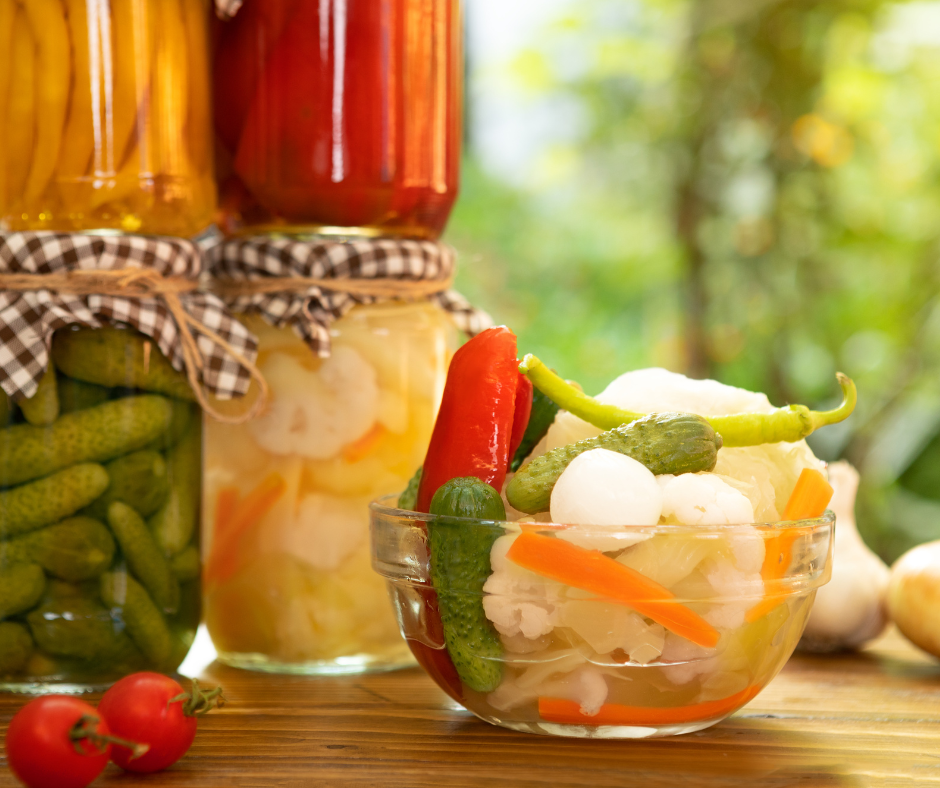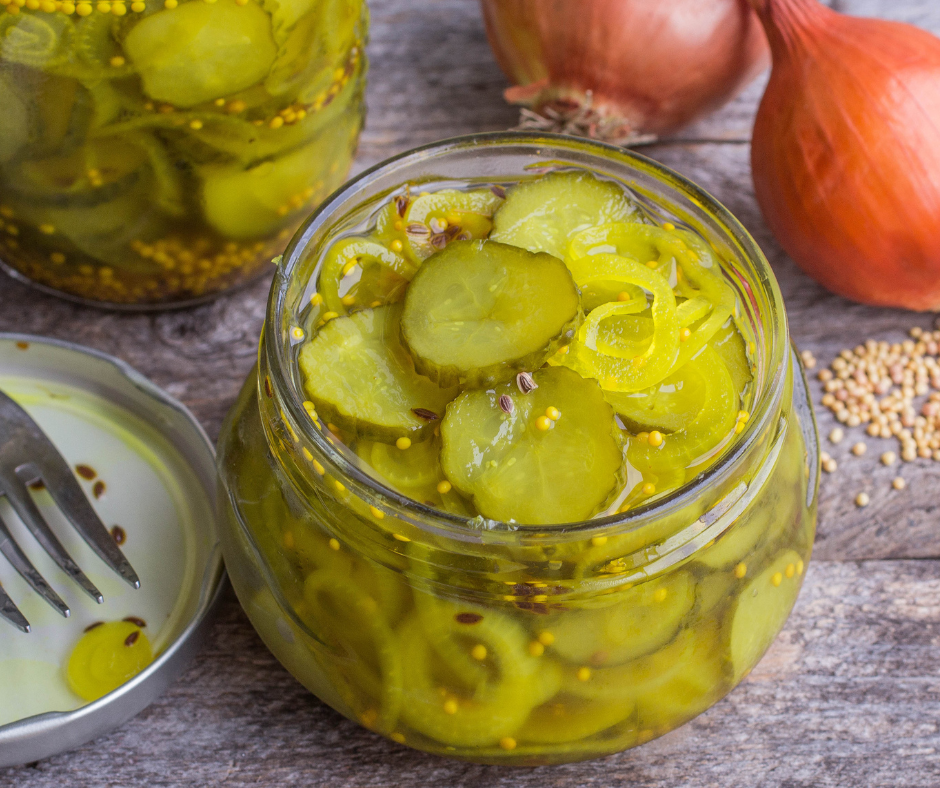In a pickle? Your refrigerator can preserve some of the harvest

With this wacky summer with the fast, early warm-up, many gardeners are already harvesting those first tomatoes and peppers in record time. But soon, we will be up to our ears (corn ears, of course) in produce.
We start out relishing every “first” vegetable of the season, but then the harvest — hopefully –starts to snowball. Before we know it, we have made as many fresh vegetable recipes as possible and filled the freezer. That is easy enough, but then, do I dare say it, is it time to do canning!
If your childhood was in the last century (the nineteens) you may have memories of canning. Canning was a way of life to provide enough food and not waste one good morsel from the garden. And canning has made a huge comeback in the last dozen years, but more as a boutique hobby instead of sustenance gardening.
Canning can be great, but it is not without some important (life-threatening) cautions. Botulism is a real thing, actually a naturally occurring organism in the soil. Funny (not really), but when botulism gets into an air-free environment (anaerobic), it can produce nasty toxins that stop our muscles from working, including those affecting our breathing.
So, learning to can properly and follow all the steps and use current recipes is vitally important. Also, for those of us who jumped onto instant pot use, it is important to know the difference between being a pressure cooker versus a pressure canner. More on that in another column.
Today we are focusing on an easier process that can really be used year-round, using leftover (but still high-quality) vegetables — refrigerator pickling.
Pickling is an ancient form of food preservation of fruits and vegetables. Pickling, from the Dutch word pekel or the northern German pokel, means salt or brine. Pickling falls into two types: quick and fermented. Quick pickles are made with a vinegar-salt or a vinegar-sugar solution. Think of it as marinating.
Canned pickles use a stronger brine and water bath canning to extend their shelf life. Fermented pickles use salt and time to do the preserving. Note: Fermenting does not use an acid brine to attain the sour flavor, it creates it on its own.
Refrigerator pickles must be, you guessed it, always refrigerated, whereas pickles processed (in boiling water bath) are shelf stable, until they are opened. Then, they, too, must be refrigerated. But making refrigerator pickles is so very easy, and they can be stored for up to 3 to 4 weeks in the refrigerator.
Truth be told, mine never last that long. And the refrigerator pickle “juice” is a delicious vinaigrette to drizzle over sub sandwiches. You can make refrigerator pickles in a few minutes, well worth the deliciousness.
There are only five quick steps to refrigerator pickles: prepare the vegetables, select the flavorings, pack the vegetables, make the brine and fill jars with brine. That is it!
The choice of vegetables is endless. What a great way to use up those extra zucchini! I personally love pickled cauliflower. But any mix is good. I like to cut them into one or two bite-sized pieces. You can get all Martha Stewart by using cookie cutters to cut out shapes of carrots, beets, or peppers, in the shape of stars for an extra festive gift.
The rules of refrigerator pickles are the same as it is for traditional pickling: Always choose blemish-free produce. And be sure to thoroughly wash it before cutting. Also, when it comes to adding salt, it is important to use canning salt, not iodized, not table salt. Both of these salts have additives, iodized, iodine, table salt has anti-caking agents. And these additives can cloud the brine or settle out causing a white residue at the bottom of the jars.
Then you choose your flavorings. Add up to 2 tablespoons per jar. Some dry seasonings to try bay leaves, celery seed, chili peppers, cumin seed, dill seed, mustard seed, pickling spice, peppercorns, turmeric. Fresh seasonings to try jalapeno or habanero (use gloves), dill, garlic, oregano, shallot, horseradish.
Pack your vegetables into pint-sized canning jars or any heatproof glass or plastic containers. Remember, you will be pouring boiling brine into them.
Make a sweet or sour brine. These recipes make 6-7 pints, but you can easily cut the brining recipe in half for a smaller batch.
For sour brine, use 3c white or apple cider vinegar (5% acidity), 3 c water, 3 tablespoons canning/pickling salt and 2 tablespoons sugar.
For sweet brine, use 3 c white or apple cider vinegar (5% acidity), 3 c water, 2 tablespoons canning/pickling salt, 1 ½ c sugar. Bring to boil and let boil for 2 minutes. Then, remove from heat.
Carefully fill jars with brine to within ½ inch of the top of the rim. Place the lids on the jars and refrigerate for 1-2 days to allow flavors to marry. Use within two weeks. This yields 6-7 pints. Source: University of Maine Extension.

Refrigerator pickles are fast, easy to make and delicious!